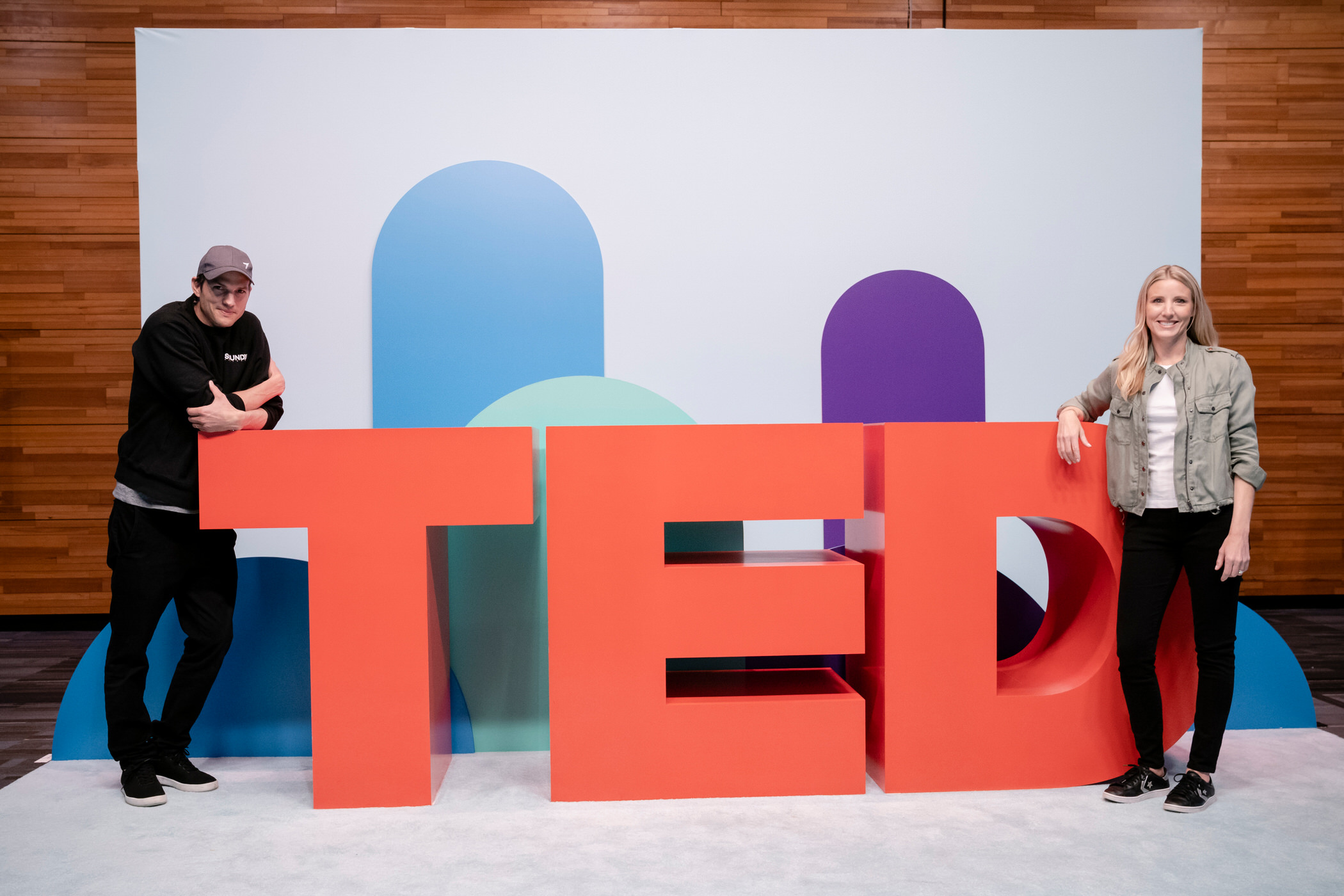Child sex trafficking is a heartbreaking issue that’s been fueled through the internet’s wide reach and through the increasing global access to cameras. To outsmart traffickers, organizations like Thorn are constantly pushing technological boundaries, stopping online child trafficking in its tracks. I spoke with Thorn’s CEO, Julie Cordua, to learn more about how they work strategically on this issue, while also weaving a message of hope into all that they do.
Can you share about the work Thorn does?
Thorn builds technology to defend children from sexual abuse. We work on child sex trafficking in the United States and Canada and the spread of child sexual abuse imagery (child pornography) globally. We’re also looking at emerging trends like sextortion and live streaming sexual abuse. We work to understand the role technology plays in these crimes and also how technology can be a part of the solution.
We then create products and programs to intervene in three key ways:
- Speeding up victim identification
- Enabling platforms to stop abuse
- Changing behaviors.

What makes your approach to resolving the issue of online child sexual abuse unique?
We’re one of the only organizations in the world that maintains a full-time engineering and data science team 100% dedicated to stopping child sexual abuse.
We’re a unique organization in that we combine this technical talent with a deep understanding of the issue and seek to create systemic change.
We work across multiple types of organizations: law enforcement, government, nonprofits, the private sector, in order to achieve our common goals. We’re essentially building technology and connecting data to help make the whole ecosystem run more smoothly. There’s a massive amount of data in this field and right now it’s siloed around the world. It will work best for the child if it’s connected, moving in real-time, so that those on the frontlines can make critical decisions about identifying victims and stopping the viral spread of content on platforms.

I understand you’re one of eight recipients to earn a portion of a $280 million grant from TED’s The Audacious Project. Congrats! How do you plan to put those funds to use?
(You can watch Julie’s talk here, just skip ahead to 1:36)
Our audacious goal is to eliminate the trade of child sexual abuse material online. We’re using these funds to build upon work we’ve already doing to build the tools to help identify children in abuse images faster and to stop the spread of abuse material online. This requires us to expand our engineering and data science teams.
It also means we’ll be investing deeply in partnerships that help make the whole global ecosystem work better. We’ll be partnering with the National Center for Missing and Exploited Children to rebuild and re-tool NCMEC’s industry reporting platform (the CyberTipline) with leading edge image vision tools and automation. This is the hotline where companies are required to report child sexual abuse they find on their platform.
In 2018, companies reported more than 45 million images and videos of suspected child sexual abuse.
Our technical rebuild of this system will drastically cut human review times, elevate the newest content/current victims hidden in the midst, ensure the newest content gets added to shared hash lists (blocked files) as soon as possible in order to stop the further spread of abuse on company platforms, and enable a more effective and efficient pipeline of reports to global law enforcement agencies.
We’re also focused on building a research and development capacity to ensure that we are not missing emerging trends and we’re building for the future, not just today. Technology moves very quickly and today we’re cleaning up the content that has spread widely unchecked for decades. We don’t want to be in this position again and want to get ahead of the next way technology will be used for abuse.
I loved your Stop Sexortation Campaign. How do you help young people navigate the pressures they face to send nude photos to others? And how do you help with the subsequent bullying they often face if the photos leak?
The fastest growing portion of online child sexual imagery is self-produced. There are a lot of circumstances under which this is created. Often it can be created by a child when they think they’re just sharing it with a friend and then it gets out of control and goes viral. Or, often it can be created under coercion by someone they know or by someone they meet online who convinces them to produce material. Sometimes these situations can get out of control to the point where the child is then extorted to continue to produce more and more egregious content. The perpetrator relies on the fact that the child is afraid and ashamed in order to get them to comply with their direction.
Our campaign and efforts right now are designed to remove the shame; to give children and caregivers the words and information they need to talk about this.
If a child can talk about it, and ask for help without the fear of getting in trouble, then we create a safe space to stop the abuse.

When it comes to the issue of online child sexual abuse, what gives you hope?
I’ve seen incredible progress in this fight over the last several years. The first step is to actually talk about the issue. We can’t solve something that we’re not even willing to recognize is an issue. We’ve seen child sexual abuse covered more broadly and more survivors speaking out and sharing their stories. This helps our society come to terms with the realities of these crimes and more and more people realize that we have to participate in creating a solution to this problem.
I also do firmly believe that we’re at a place where technology can help us outrun the perpetrators. We have the tools and the speed, now we just need the will. It’s going to take full participation from the private sector and governments in order to get this job done and, while we have seen a lot of progress, we need more. Still, I am hopeful and see the trend lines going in the right direction.
How can readers help Thorn in your amazing work?
There are lots of ways!
- We’re hiring! Check out our site for a list of jobs we’re hiring for and come join us in this fight.
- You can donate to support this work; it’s through the support of our community that we’re able to continue to do this work around the world.
- You can spread the word; join our social community, our newsletter and check out our site for information that you can share with friends and family.
The more people we have learning about this issue and who are willing to talk about it, the more we can begin to discuss the solutions and approaches that let us address this on a local and global scale. Join us!
Photos courtesy of Thorn
